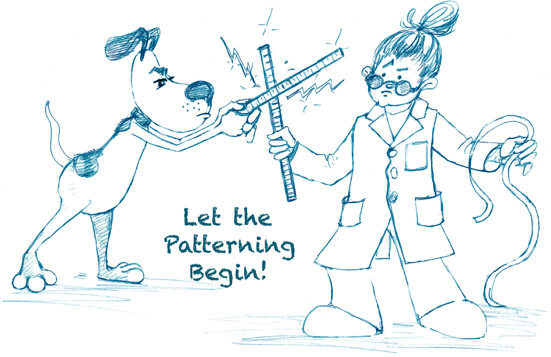
By this point, the dividing lines of the pattern pieces have been drawn and the notes and notches needed to differentiate each piece have been added. Half of the “pattern skin” has also been removed from the positive.
Transferring Patterns to Paper
Whether you used plastic and tape, fabric, rubber or decided to use the skin intrinsic to the positive sculpt (see Chapter 7), notice that some if not all the pieces do not want to lie flat. It is crucial that each piece lies flat so that they can be transferred to a flat sheet of foam. The curved or “cupped” aspect of ...
Get Foam Patterning and Construction Techniques now with the O’Reilly learning platform.
O’Reilly members experience books, live events, courses curated by job role, and more from O’Reilly and nearly 200 top publishers.

